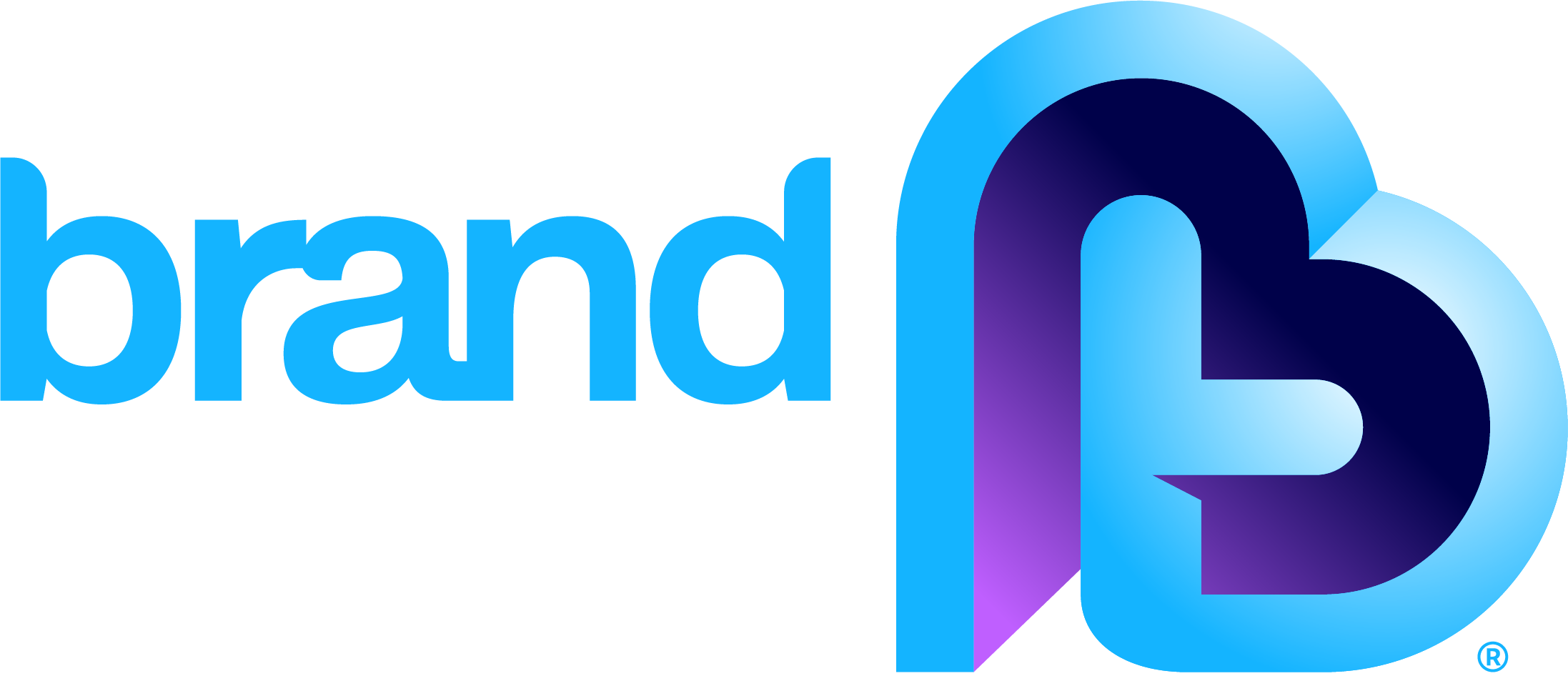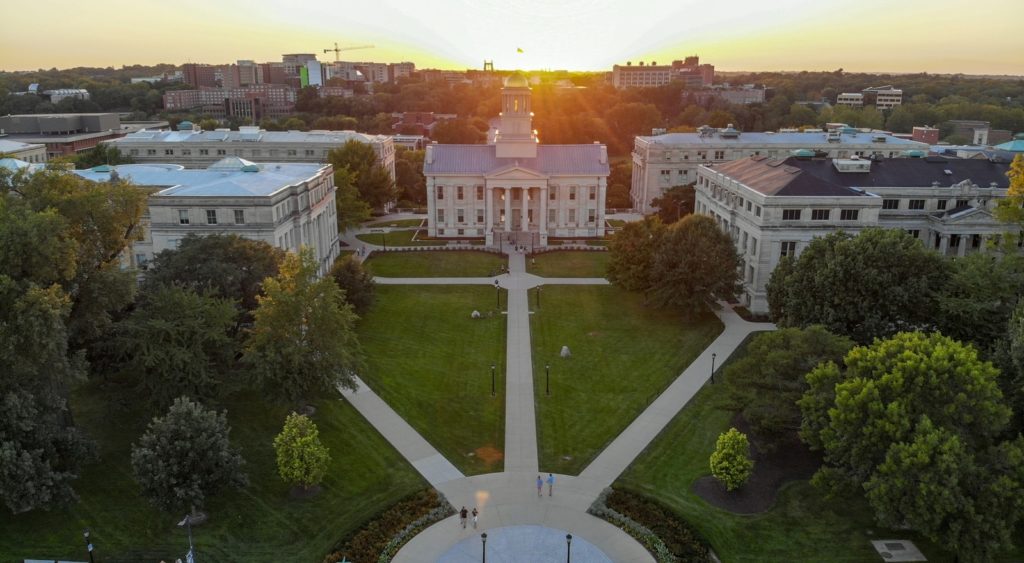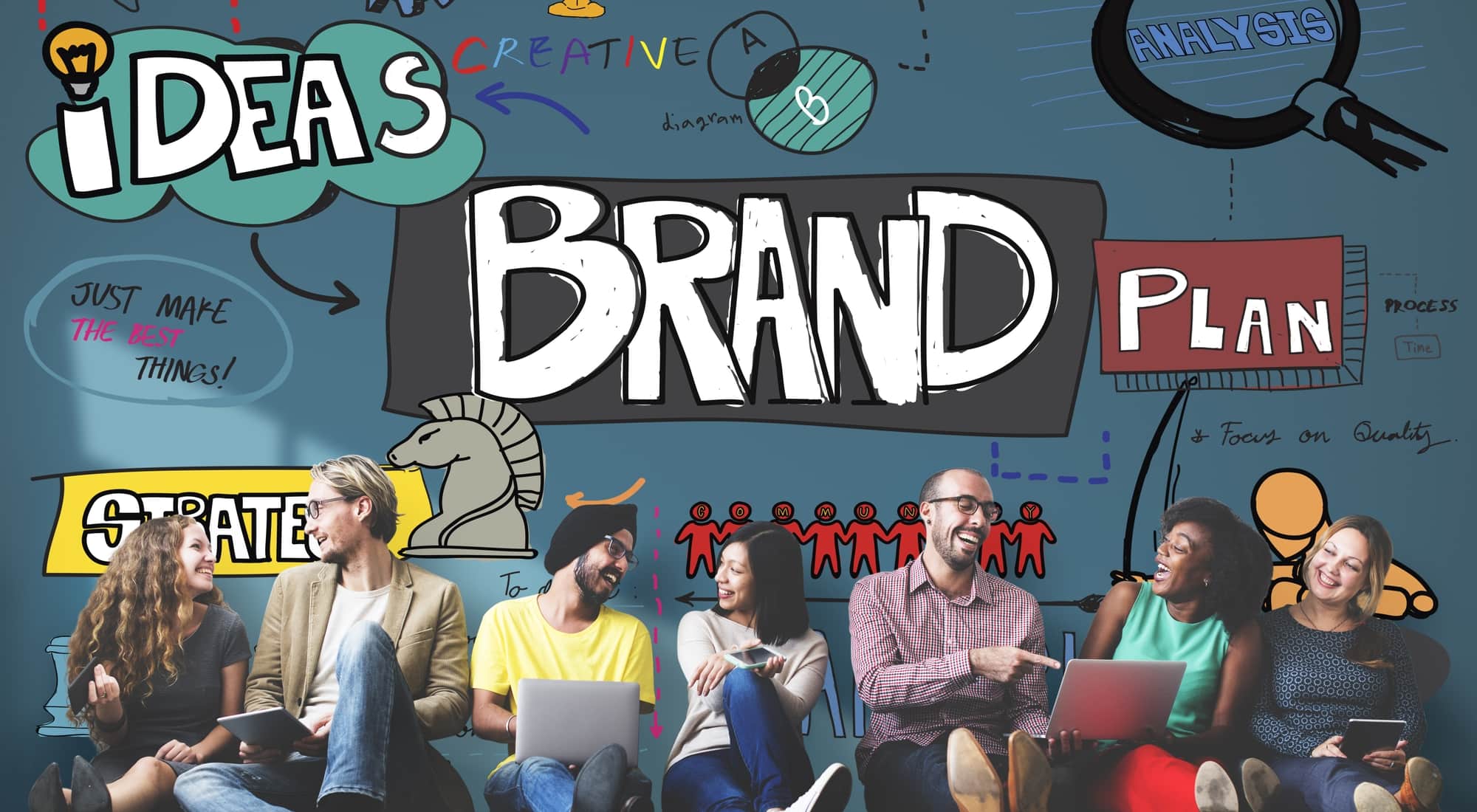Branding is hard enough in higher education, because you’re not offering a tangible product or service, but a heritage; an experience; a career course. On top of that, according to Pew Research Center, 10.2 million students apply to college every year—candidates in clear need of a solid, tangible foundation for the future. It all begins with a clearly defined brand essence, which is sorely lacking.
Yet that’s only the beginning. Consider how colleges and universities—close to 4,000 in the United States alone, according to U.S. News and World Report—are organized. There are colleges within universities; colleges within colleges; there are departments within colleges; there are male and female college divisions. Hence, you can have many brand personalities under the same name butting heads, bolstering confusion.
That’s just at the undergraduate level. According to the U.S. State Department, there are 1,000 graduate institutions. Consider Harvard University for example—it consists of Harvard College, 11 graduate and professional schools (Including law and medical), as well as the Radcliffe Institute for Advanced Study—13 divisions under one university umbrella!
Now bring marketing into the equation. At any one college or university, there can be dozens of marketing staff scattered across all of these different colleges, departments, divisions and disciplines for faculty, students and alumni. The college of engineering has their marketing team. The college of humanities has their marketing team. The nursing school has theirs. There could be a bigger team for the department of arts and sciences.
So when you’re offering something as nebulous as education with marketing staff scattered like the four (or fourteen) winds—having one sound, distinctive brand upholding everything isn’t just necessary, but essential.
Why can’t a college or university make a definitive statement? Don’t they know who they are?
After all, they seem to have a firm grasp of personality. Since the mid 20th century higher education has been using the Myers-Briggs personality test (MBTI) liberally. According to Myers-Briggs, “self awareness fuels success.” The test helps students choose majors and career paths based on what best fits their personalities, while faculty use it to better understand how they can educate more effectively and precisely. Findings at the National Career Development Association (NCDA) back up their claims.
So what if there was a “brand” personality test for the college or university that could define, align and unify multiple departments, divisions and disciplines—undergraduate and graduate, alumni included—in one powerful statement? What’s more, what if it could be done objectively without bias, without the waste, misunderstanding and expense of an outside advertising agency?
Utilizing the academic standard for personality evaluation since the 1990s, the Five Factor Model, BrandTruth® is a revolutionary brand discovery platform that empowers organizations—higher education included—to define and align themselves around one distinctive statement through proven psychology, creating a foundation for accelerated value.
Now the marketing director can bring staff for the humanities, the hard sciences, the school of business, the school of nursing—the law school, faculty, alumni, boosters—all together under one roof—to make one statement.
When everyone knows exactly what’s what, the nebulous becomes concrete. This gives students, faculty, alumni, and more something to stand on for today and tomorrow.
Now who can’t build on that?




